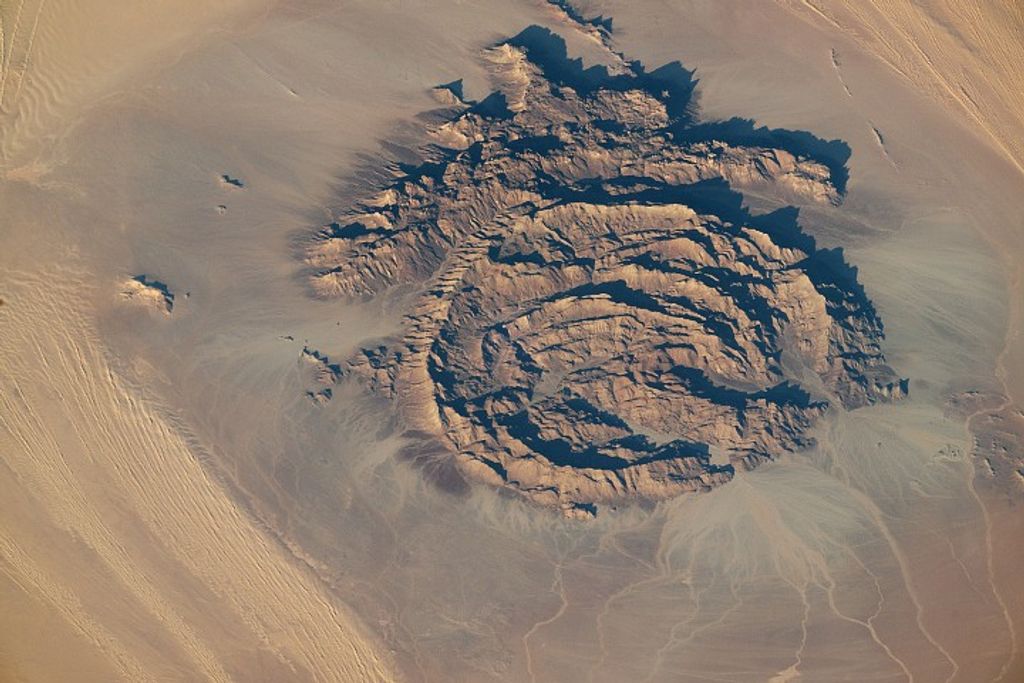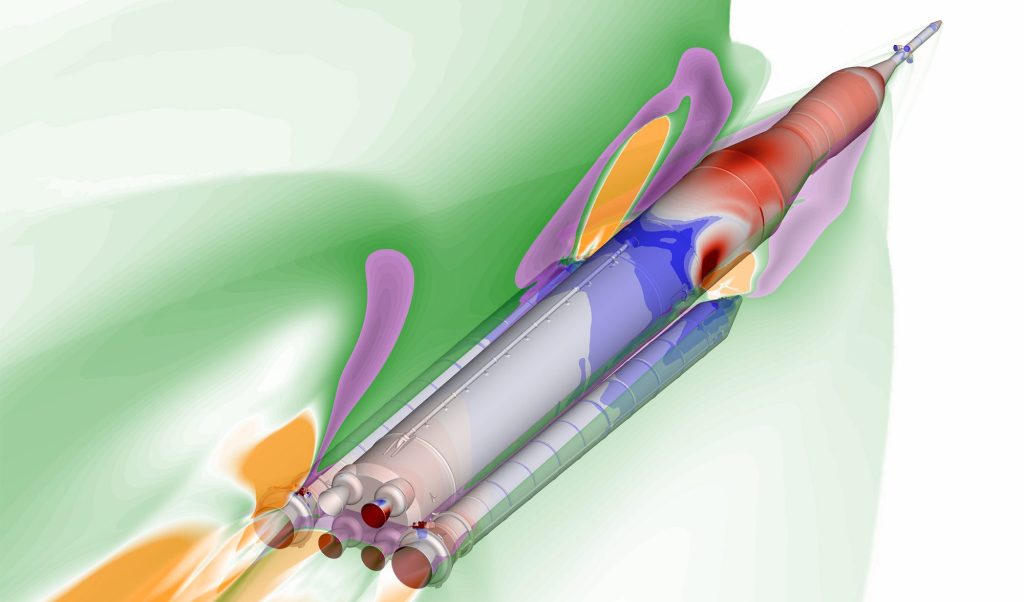1 min read
Hubble’s View of Ganymede in 1996

This image presents Jupiter's moon Ganymede as seen by NASA's Hubble Space Telescope in 1996. Located 1/2- billion miles (over 600 million kilometers) away, Hubble can follow changes on the moon and reveal other characteristics at ultraviolet and near-infrared wavelengths.
Astronomers have now used new and archival datasets from Hubble to reveal evidence of water vapor in the atmosphere of Jupiter's moon Ganymede for the first time, which is present due to the thermal escape of water vapor from the moon's icy surface.
About the Object
- DistanceDistanceThe physical distance from Earth to the astronomical object. Distances within our solar system are usually measured in Astronomical Units (AU). Distances between stars are usually measured in light-years. Interstellar distances can also be measured in parsecs.Over 600 million kilometers away from Earth.
About the Data
- Data DescriptionData DescriptionProposal: A description of the observations, their scientific justification, and the links to the data available in the science archive.
Science Team: The astronomers who planned the observations and analyzed the data. "PI" refers to the Principal Investigator.The HST observations include those from program 6029 (J. Spencer)
- InstrumentInstrumentThe science instrument used to produce the data.WFPC2
- Exposure DatesExposure DatesThe date(s) that the telescope made its observations and the total exposure time.14 July 1996
- Object NameObject NameA name or catalog number that astronomers use to identify an astronomical object.Ganymede
- Object DescriptionObject DescriptionThe type of astronomical object.Satellite of Jupiter
- Release DateJuly 26, 2021
- Science ReleaseHubble Finds First Evidence of Water Vapor at Jupiter’s Moon Ganymede
- CreditNASA, ESA, John Spencer (SwRI Boulder)
Related Images & Videos

Hubble’s Ultraviolet Observations of Ganymede in 1998
In 1998, Hubble's Space Telescope Imaging Spectrograph (STIS) took these first ultraviolet (UV) images of Ganymede, which revealed a particular pattern in the observed emissions from the moon's atmosphere. The moon displays auroral bands that are somewhat similar to aurora...
Share
Details
Claire Andreoli
NASA’s Goddard Space Flight Center
Greenbelt, Maryland
claire.andreoli@nasa.gov





























